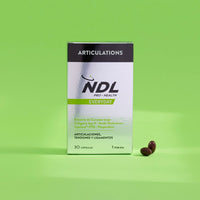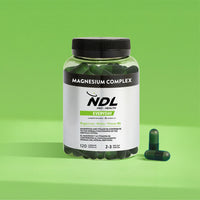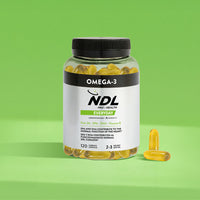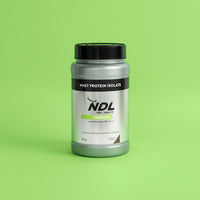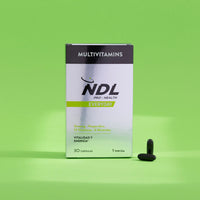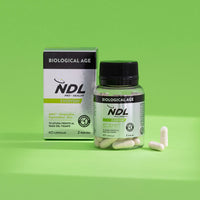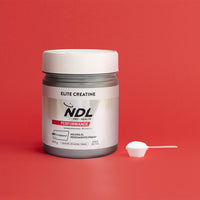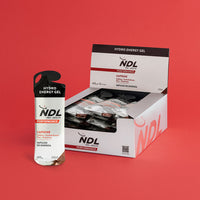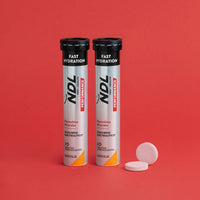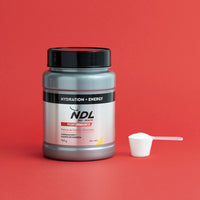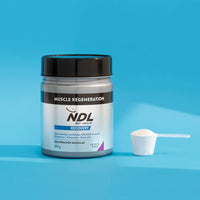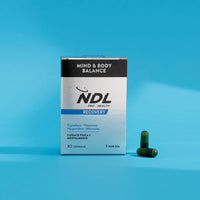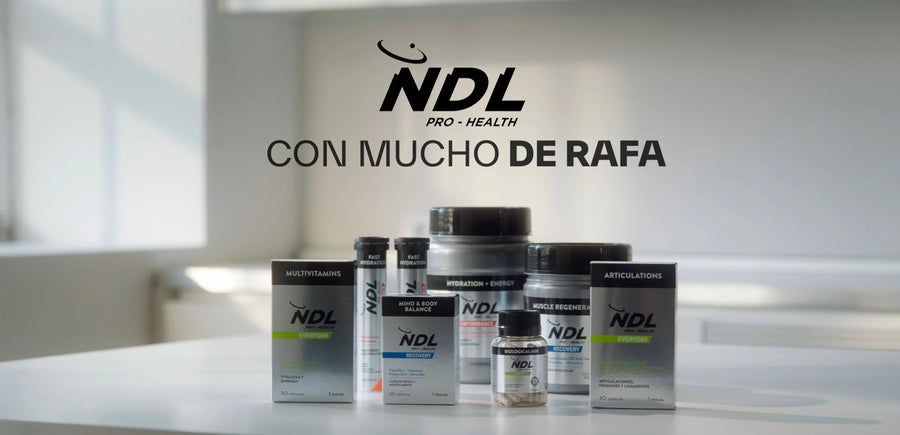Featured Products
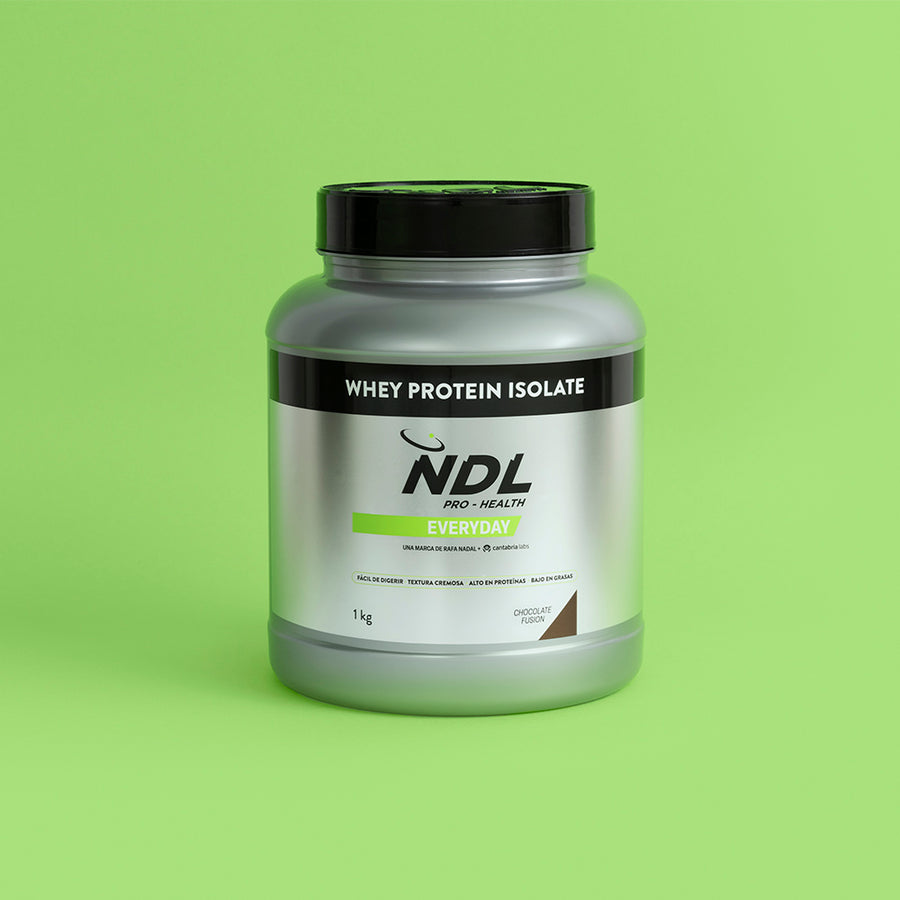
Whey Protein Isolate
See product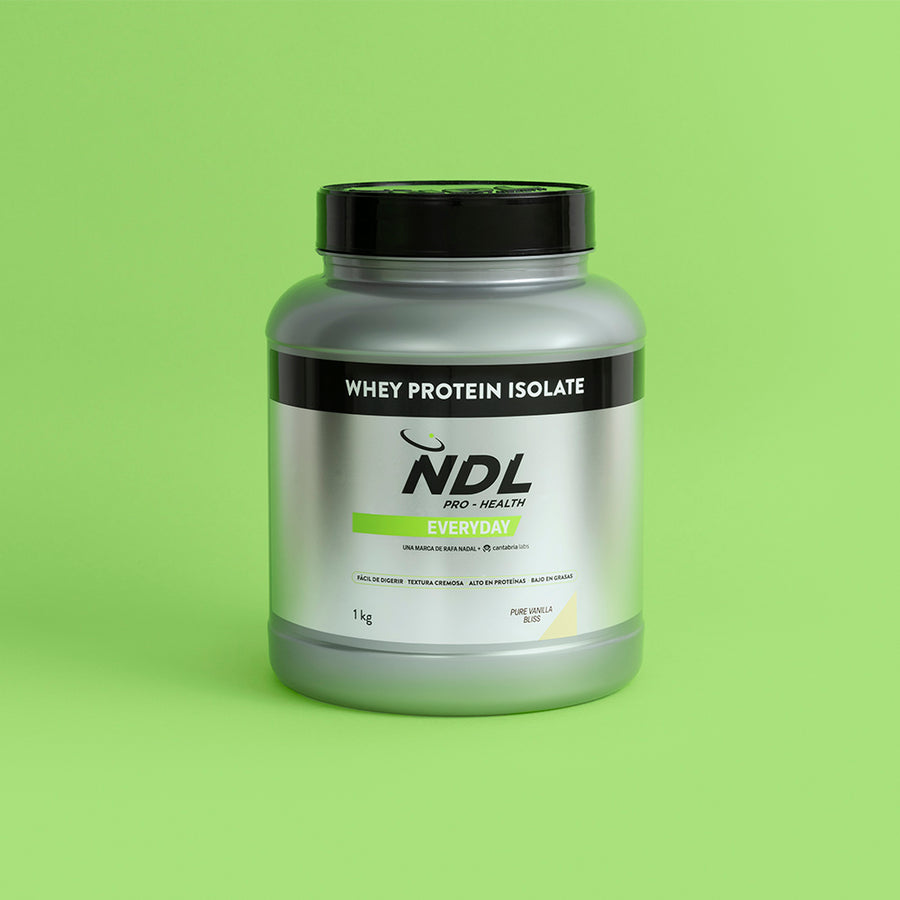
Whey Protein Isolate Pure Vanilla Blis
See product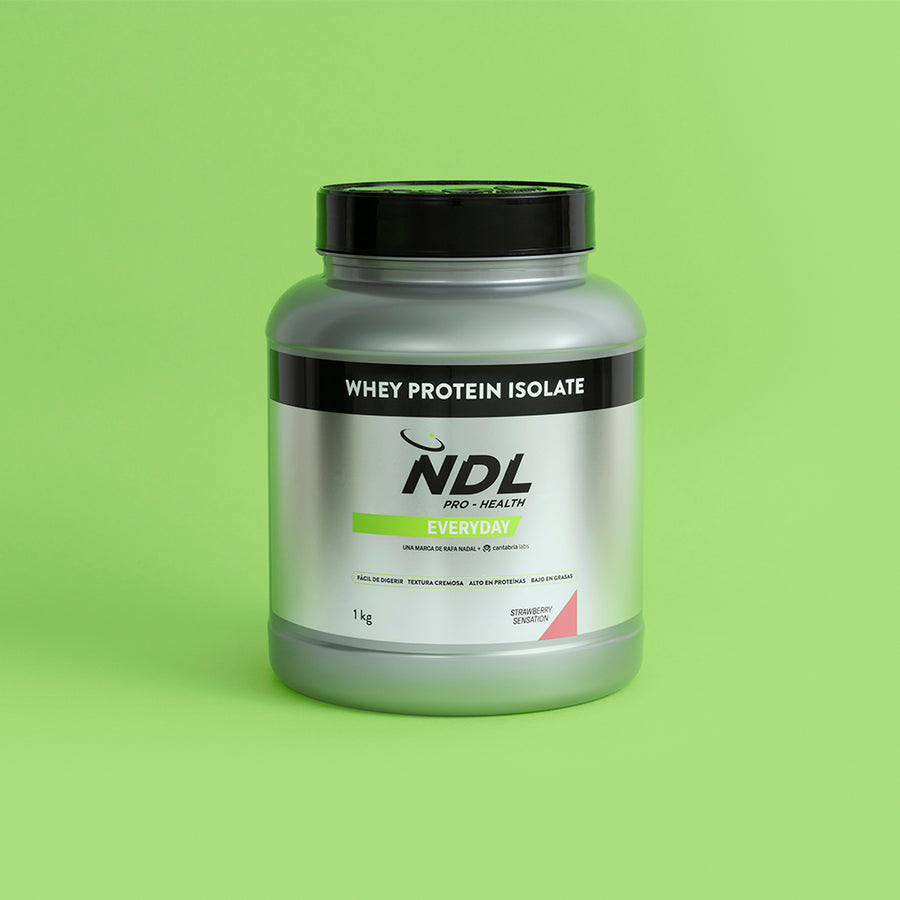
Whey Protein Isolate Strawberry Sensation
See productAlthough it may seem like a simple choice, deciding between mixing your protein powder with water or milk has a significant impact on taste, nutrition and end results. Both options offer benefits and challenges that depend on your goals and preferences.
In this article, we will discuss protein with water or milk and analyze the advantages and disadvantages of each option, with the goal of helping you find the best way to prepare your shake according to your needs.
General benefits of consuming protein powder
Protein powder is an ideal supplement for those seeking to improve their physical performance, take care of their health or achieve specific dietary goals. Its main advantage is that it provides a fast and effective source of amino acids, essential for recovery and muscle building, especially after excercise.
It is also incredibly convenient: preparing a smoothie takes only a few minutes, making it a perfect choice for people with busy lifestyles. It also helps control appetite, as it generates greater satiety than other nutrients, favoring body weight management. At the same time, its digestion requires more energy, which can help speed up metabolism.
Another key benefit is its ability to supplement protein-deficient diets. This is specially useful for those who have dietary restrictions or fail to consume sufficient protein through food.
Whether it's for gaining muscle, losing fat or maintaining a balance diet, protein powder is a versatil and affordable tool that can make a difference in your well-being.

Advantages and disadvantages of protein with water
When it comes to preparing a protein shake, mixing it with water is a popular choice. However, like any choice, it has its strengths and some drawbacks that are worth considering.
Advantages:
1.Low in calories: one of the main advantages of mixing protein with water is that it does not add extra calories to your shake. This makes it an excellent choice for those looking to lose weight or control their daily caloric intake.
2.Easy digestion: the water is light and does not require additional effort to digest, making it ideal for those with sensitive stomachs or lactose problems.
3.Practicality and convenience: it is perfect for those who need speed and simplicity. You can easily prepare it anywhere without refrigeration, which makes it ideal to consume right after training.
4.Maintains hydration: mixing protein with water contributes to your daily fluid intake, helping you stay hydrated during or after exercise.
Disadvantages:
1.Less flavor intensity: water does not add creaminess or additional sweetness, so the flavor of the shake may be milder or less pleasant, especially if you are used to preparing it with milk.
2.Less satiety: unlike milk, water does not provide additional fat or protein, which can make you feel less satisfied after consuming the shake. This may not be ideal if you use it as a meal replacement or snack.
3.Lower nutritional contribution: unlike milk, which offers additional nutrients such as calcium, vitamin D and protein, water does not contribute any extra nutritional value to the shake.
In summary, choosing to mix protein with water is a practical and light choice, perfect for those looking for a low-calorie and easy-to-digest option. However, if you are looking for a satiating shake or one with a more intense flavor, you may prefer other alternatives such as milk.
Advantages and disadvantages of milk protein
Mixing protein powder with milk is a popular choice that can enhance the taste experience and provide additional nutritional benefits. Get a good understanding of its advantages and disadvantages to consider before incorporating it into your routine.
Advantages:
1.Better taste and texture: milk brings a creamier texture and more intense flavor to the shake, making the experience more enjoyable, especially with flavors such as chocolate, vanilla or strawberry.
2.Increased nutritional intake: milk contains essential nutrients such as calcium, vitamin D and additional protein, which increases the overall nutritional value of the shake. This is specially useful for those looking to strengthen bones and muscles.
3.Increased satiety: thanks to the fats and proteins present in milk, milkshakes tend to be more satiating. This makes it an excellent choice for those who use the shake as a meal replacement or snack between meals.
4.Compatible with muscle gain goals: the combination of protein powder with natural milk casein can provide a steady stream of amino acids, which is ideal for muscle recovery and lean mass development.
Disadvantages:
1.Higher caloric content: milk, specially whole milk, adds calories and fat to the shake. This can be a drawback for those looking to reduce their daily caloric intake or lose weight.
2.Slower digestion: due to its composition, milk can slow down the protein absorption process, which may not be ideal for those seeking fast post-workouts recovery.
3.Lactose intolerance: for those with lactose intolerance or digestive problems, mixing the protein with milk may cause stomach upset, bloating or discomfort.
4.Less practical in certain contexts: using milk requires refrigeration, which may be less convenient if you are away from home or need to prepare a smoothie quickly.
In conclusion, mixing protein with milk offers significant benefits in taste, nutrition and satiety, making it an excellent choice for those looking to maximize nutrients or gain muscle mass. However, for those concerned about calories, digestion or convenience, other options may be more suitable.
Factors to consider when choosing the best option
Deciding how to prepare your protein shake is not just a matter of taste, but how this choice can impact your goals, lifestyle and preferences.
Here are some key aspects to make an informed decision when drinking protein with water or milk:
1.Context of consumption: the time and place where you consume your shake are decisive. If you are looking for something quick and easy to prepare, such as after a workout at the gym, water is ideal for its practicality. However, if you use it as part of a breakfast or snack at home, milk can enrich it and make it more complete.
2.Purpose of the shake: the function of the shake in your daily diet also plays a role. If you consume it to replenish protein after a workout, water is sufficient for that purpose. But if you are using it as a meal replacement or want it to keep you satisfied for longer, milk may be a better choice.
3.Customize to your diet: if you already consume an adequate level of calories and nutrients from other sources, preparing the shake with water can be a way to mantain balance. On the other hand, if you need a nutritional boost, such as more calcium or additional protein, milk is an excellent option to enrich your diet.
4.Personal preference and enjoyment: taste and texture are key aspects for those who consume protein on a regular basis. If you are looking for a light and refreshing shake, water is perfect. On the other hand, if you prefer a more indulgent experience, milk provides creaminess and a more intense flavor profile, which can make you enjoy the moment more.
5.Compatibility with your specific needs: dietary restrictions or preferences should also be considered. If you are lactose intolerant, milk will not be a viable option unless you opt for lactose-free or plant-based alternatives. Conversely, if you are looking to strengthen your bones or improve your vitamin intake, milk may offer an additional benefit.
Beyond the general advantages and disadvantages of each option, choosing between making a protein shake with milk or water depends on how you plan to integrate your protein shake into your daily routine and what you hope to get out of it.
Therefore, we cannot say how it is better to take protein, with water or milk, as it will all depend on your tastes and needs. Our advice is to try both alternatives, which can help you find the perfect balance between taste, nutrition and convenience.
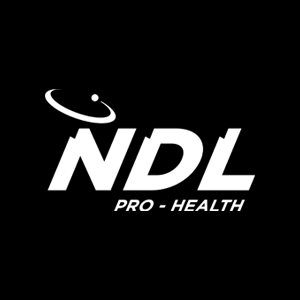
From the NDL Pro-Health team we will provide you with tips to maintain a healthy lifestyle. Sharing knowledge and product recommendations to offer optimal solutions for your daily routine, for your workouts and subsequent recovery, all with the goal of helping you achieve physical and mental wellness.
